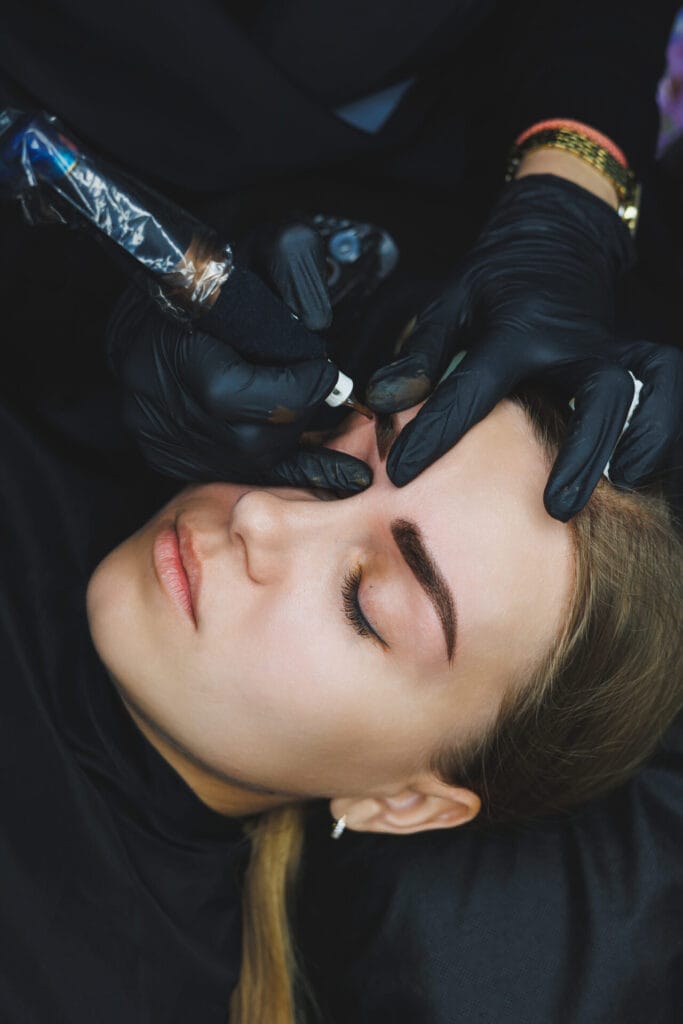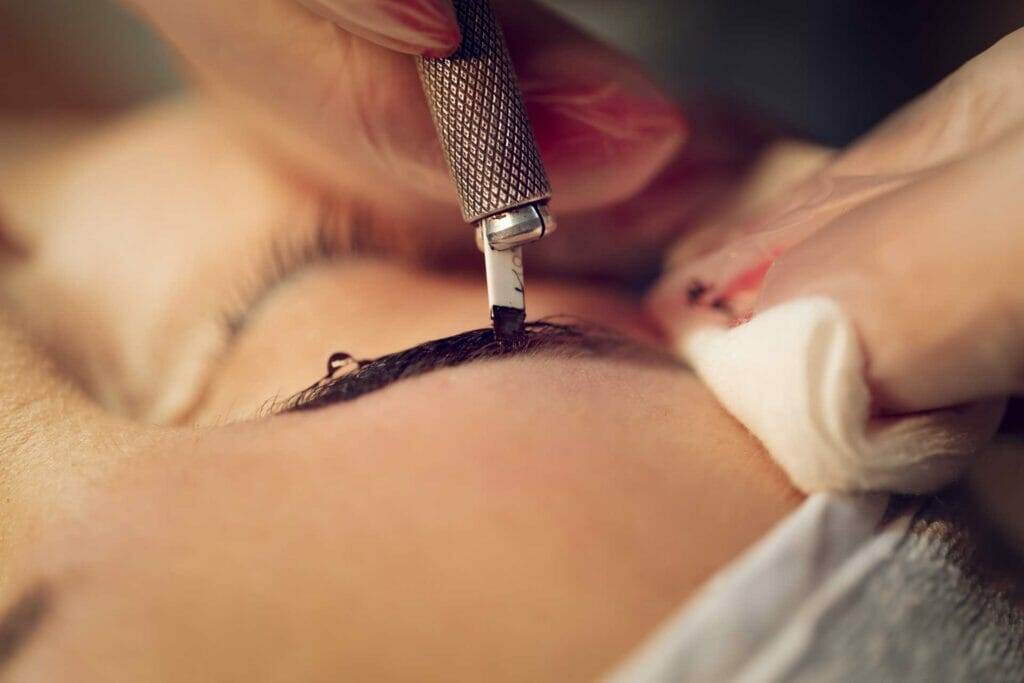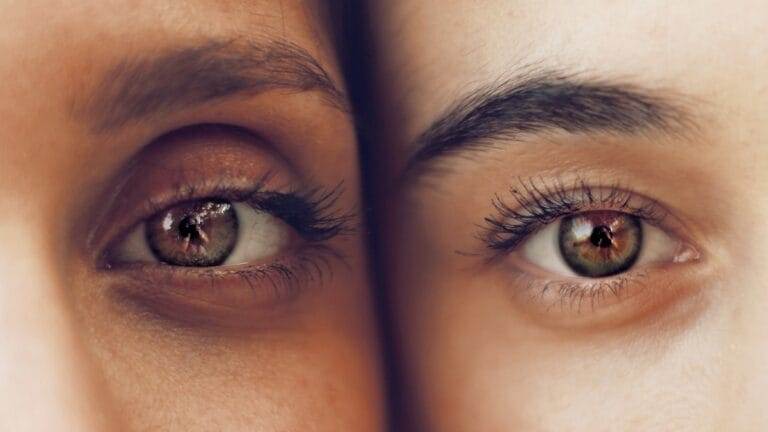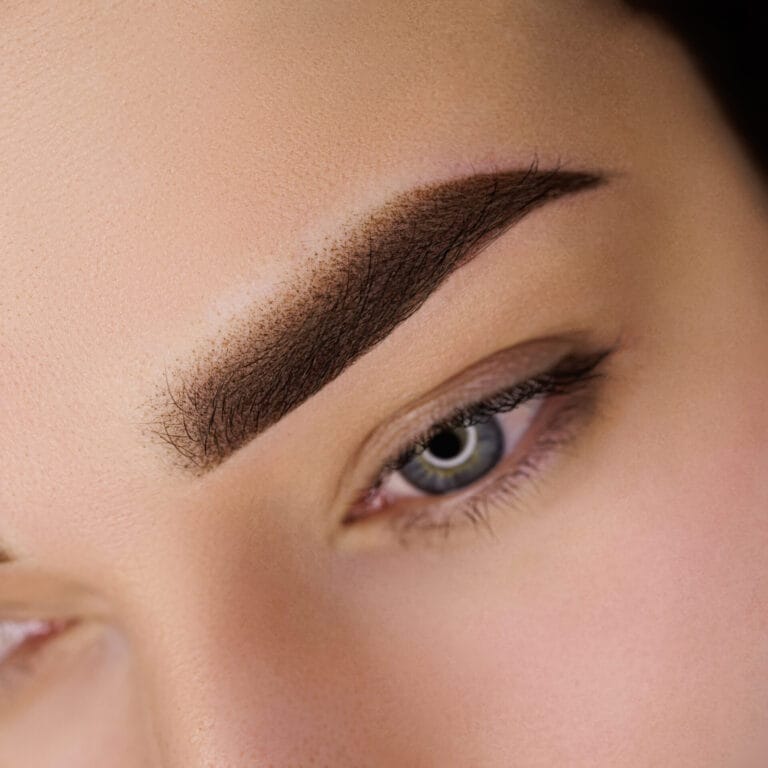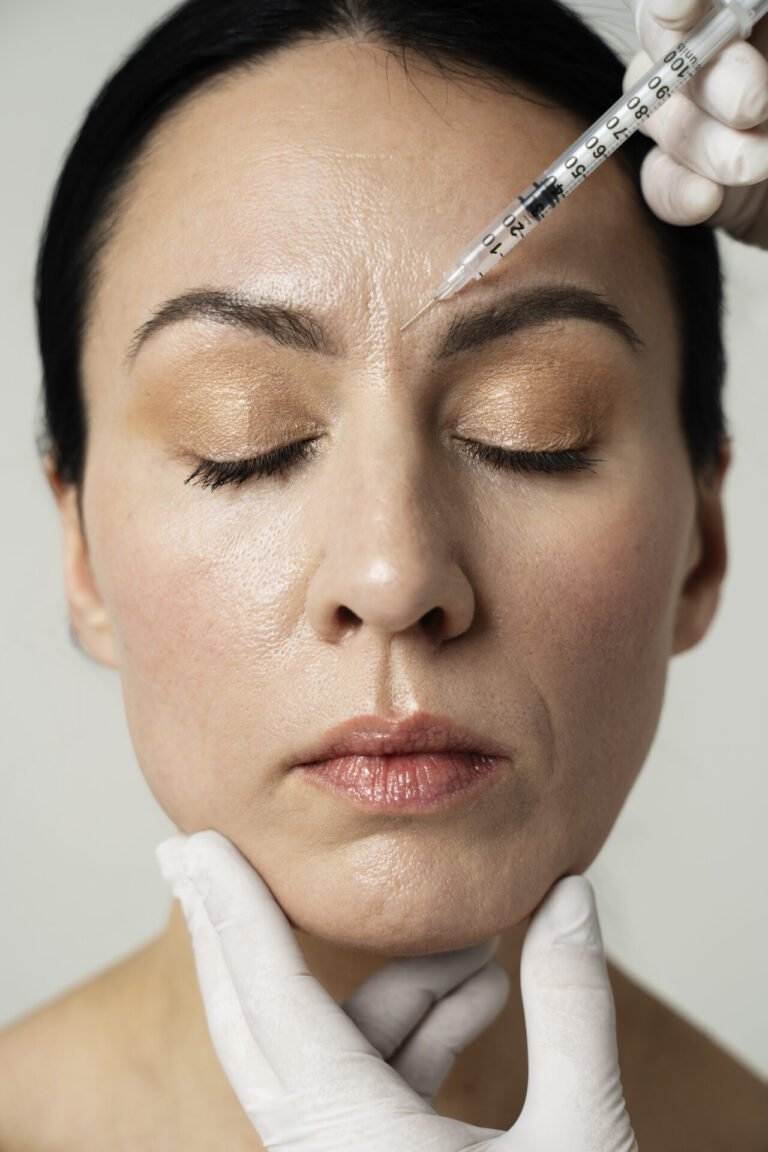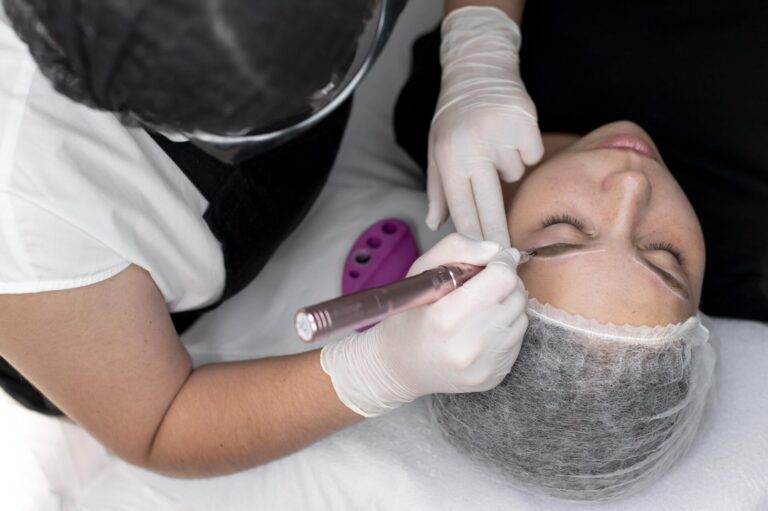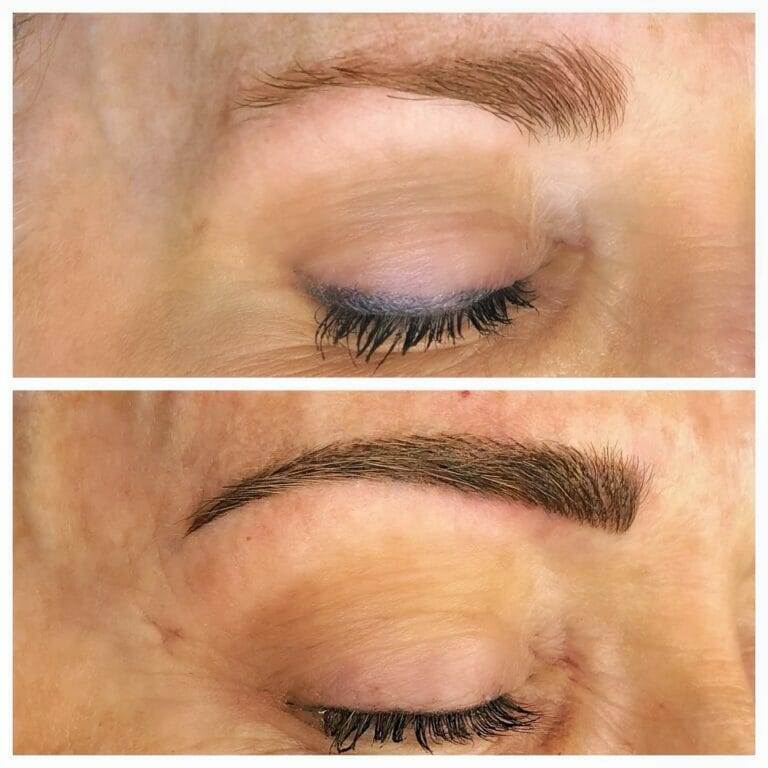When it comes to framing the face, eyebrows play a crucial role. They have the power to enhance our features and create balance in our overall appearance. Unfortunately, not everyone is blessed with naturally full and perfectly shaped brows. Sparse or uneven brows can have a significant impact on our self-confidence and how we feel about our appearance. Thankfully, there is a solution that has been gaining popularity in recent years – microblading.
What is Microblading?
Microblading is a semi-permanent makeup technique that involves manually depositing pigment into the upper layers of the skin to create hair-like strokes that mimic natural eyebrow hairs. Unlike traditional tattooing, which uses a machine and deeper penetration into the skin, microblading uses a handheld tool with a series of fine needles to create precise and realistic-looking brows.
One of the key differences between microblading and traditional tattooing is the use of semi-permanent pigment. Traditional tattoos use permanent ink, which can fade and change color over time, resulting in unnatural-looking brows. Microblading, on the other hand, uses pigments that are specifically formulated to fade gradually over time, allowing for adjustments to be made as the client’s preferences or facial features change.
The Benefits of Microblading for Sparse Brows
For those with sparse or uneven brows, microblading can be a game-changer. The technique allows for gaps to be filled in and creates the illusion of fuller, more defined brows. The results are incredibly natural-looking, as the individual hair-like strokes mimic the appearance of real eyebrow hairs.
One of the biggest benefits of microblading is the time-saving aspect. Many people spend valuable time each day filling in their brows with makeup products, trying to achieve the desired shape and fullness. With microblading, there is no need for daily brow maintenance. The semi-permanent pigment lasts for an average of one to three years, depending on various factors, meaning you can wake up with perfectly defined brows every day without any effort.
The Process of Microblading: What to Expect
Before undergoing the microblading process, a consultation with a qualified artist is essential. During this consultation, the artist will assess your natural brows, discuss your desired outcome, and determine if you are a suitable candidate for the procedure. They will also provide pre-treatment instructions, such as avoiding certain medications or activities that may thin the blood or increase the risk of infection.
The actual microblading process typically takes around two to three hours. The artist will use a handheld tool with a series of fine needles to create hair-like strokes in the desired shape and color. A numbing cream is applied beforehand to minimize any discomfort. The artist will work with you throughout the process to ensure that you are comfortable and satisfied with the shape and color of your new brows.
After the procedure, there is a healing and aftercare process that must be followed to ensure optimal results. The brows will initially appear darker and more intense, but they will gradually fade over the next few weeks as the skin heals. It is important to avoid picking or scratching at the treated area and to follow any specific aftercare instructions provided by the artist.
The Importance of Aftercare for Microbladed Brows
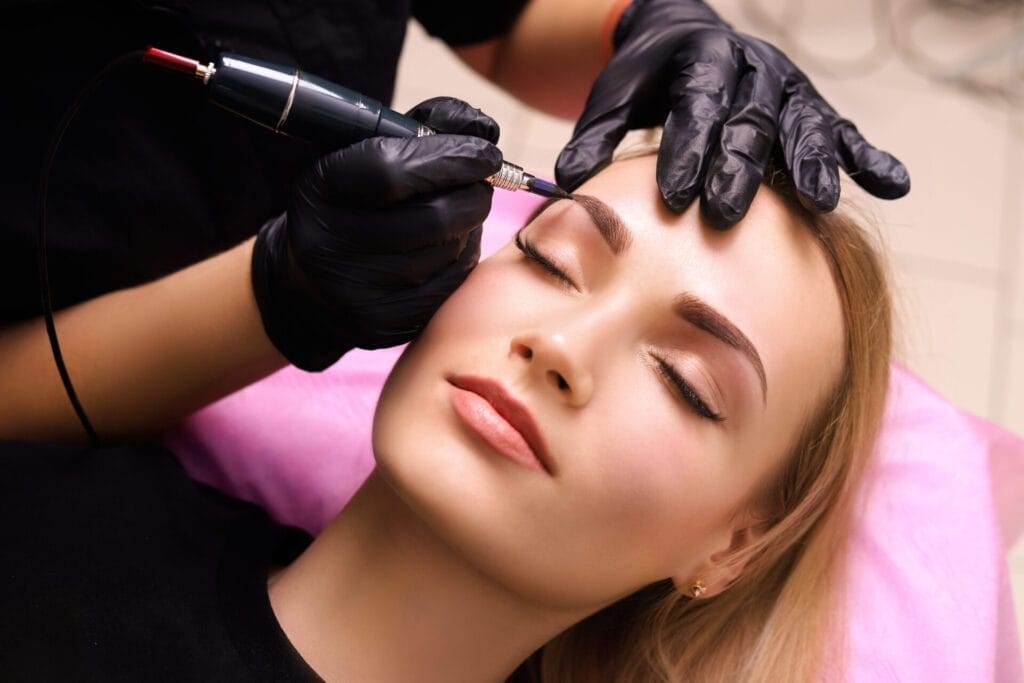
Proper aftercare is essential for ensuring the best possible outcome and longevity of your microbladed brows. The artist will provide you with specific instructions to follow, but there are some general do’s and don’ts to keep in mind.
Do keep the treated area clean and dry. Avoid getting the brows wet for the first few days and avoid swimming or excessive sweating until the brows are fully healed. Gently cleanse the area with a mild, non-abrasive cleanser as instructed by your artist.
Don’t pick or scratch at the treated area. This can disrupt the healing process and potentially cause scarring or infection. It is also important to avoid applying makeup or skincare products directly on the brows until they are fully healed.
The healing process typically takes around four to six weeks, during which time the brows will go through various stages of healing and color fading. It is common for the brows to appear darker initially, but they will gradually lighten and settle into their final color.
How Long Does Microblading Last?
Microblading is considered a semi-permanent makeup technique, meaning that it does not last forever. On average, microbladed brows can last anywhere from one to three years, depending on various factors such as skin type, lifestyle, and aftercare.
Factors that can affect the longevity of microbladed brows include exposure to sunlight, skincare products containing exfoliating ingredients, and certain medications or medical conditions. Touch-ups are typically recommended every 12-18 months to maintain the desired shape and color of the brows.
Microblading vs. Traditional Brow Makeup: Pros and Cons
Microblading offers several advantages over traditional brow makeup. One of the main benefits is the natural-looking results that can be achieved with microblading. The individual hair-like strokes create a more realistic appearance compared to traditional brow pencils or powders.
Another advantage is the time-saving aspect. With microblading, there is no need to spend time each day filling in and shaping the brows. This can be especially beneficial for those with busy lifestyles or for those who struggle with creating symmetrical brows.
However, there are also some drawbacks to consider. Microblading is a more expensive option compared to traditional brow makeup, as it is a semi-permanent procedure that requires the expertise of a trained professional. Additionally, the initial healing process can take several weeks, during which time the brows may appear darker and more intense.
Who is a Good Candidate for Microblading?
Microblading is suitable for most people who want to enhance their brows, but there are some factors that may make someone ineligible for the procedure. Those with certain medical conditions, such as diabetes or autoimmune disorders, may not be suitable candidates. Pregnant or breastfeeding women are also advised to wait until after they have finished breastfeeding before undergoing microblading.
It is important to discuss your medical history and any concerns with the microblading artist during the consultation. They will be able to assess your individual situation and determine if microblading is a suitable option for you.
Microblading Safety: What You Need to Know
Safety should always be a top priority when considering any cosmetic procedure, including microblading. It is crucial to find a licensed and experienced artist who follows proper sanitation and sterilization practices.
A reputable artist will use disposable tools and needles and will ensure that all equipment is properly sterilized before each procedure. They should also provide you with detailed aftercare instructions to minimize the risk of infection or complications.
It is also important to be aware of the potential risks and complications associated with microblading. These can include allergic reactions to the pigment, infection, scarring, or dissatisfaction with the results. Choosing a qualified artist and following all aftercare instructions can help minimize these risks.
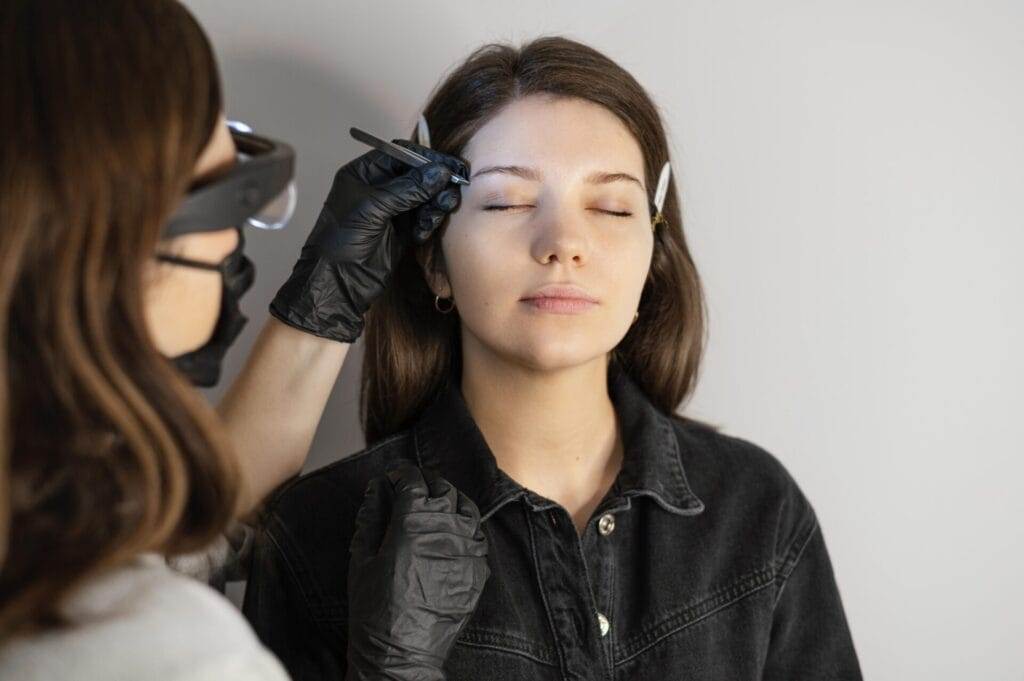
Achieving Perfectly Defined Brows with Microblading
Microblading has become a popular solution for those with sparse or uneven brows who want to achieve perfectly defined brows without the daily hassle of filling them in with makeup. The technique offers natural-looking results that can last for up to three years, depending on various factors.
Finding a qualified microblading artist and following proper aftercare instructions are crucial for achieving the best possible outcome and minimizing the risk of complications. With the right artist and proper care, microblading can provide long-lasting, natural-looking results that enhance your overall appearance and boost your self-confidence.

